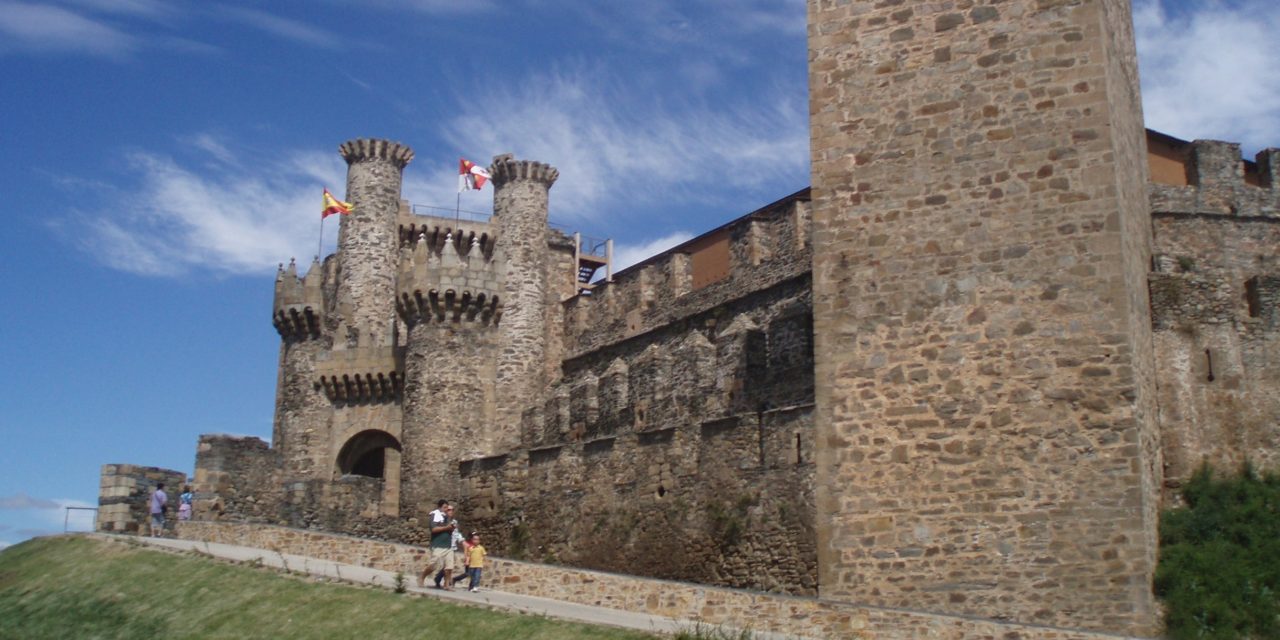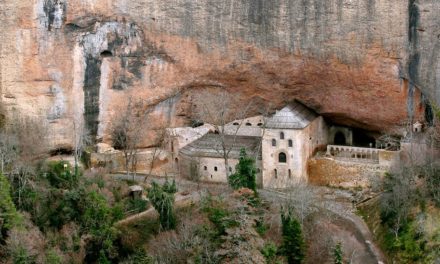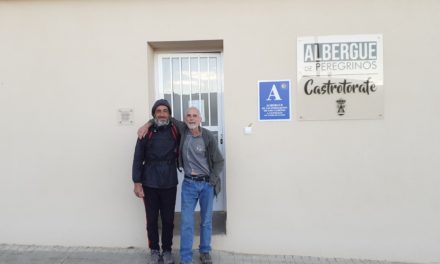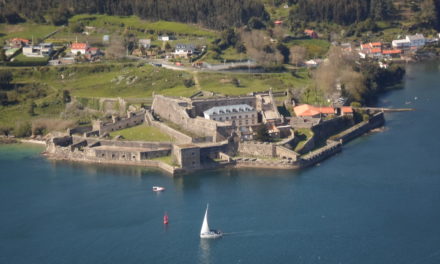There must be few pilgrims do not remember Ponferrada castle! It is known as the “Castle of the Templars”, because the Order of the Knight Templars played a significant role in the town since 1178, when King Ferdinand II allowed them to settle in the area and, above all, from 1211, the year in which Alfonso IX donated Ponferrada to them.
Although most of its architecture dates from the Templars’ presence in Ponferrada, it was surely they who were responsible for the construction of the primitive fortress of which the current castle retains only a few elements. In the 12th and 13th centuries, the Temple Order was responsible for the construction of fortifications erected in order to defend and protect the Camino de Santiago, for which they used the remains of ancient forts and land elevations as a site. The Templars thus gave rise to an enormous network of fortresses of which the primitive castle of Ponferrada would be part.
The castle next to which the pilgrims currently walk, is the result of successive constructions and additions, most of them from the 14th and 15th centuries, when the Order of the Temple had already been dissolved and the lords of the town were, successively, members of the powerful Galician family of the Castros, such as Pedro Fernández de Castro, or the Count of Lemos Pedro Álvarez Osorio. Finally, in the hectic times of the Catholic Monarchs, Ponferrada and its castle returned to depend on the crown.
This building has a very irregular polygonal shape, although with two very different parts: the northern part dates from the 12th century and the rest dates from subsequent additions. Among these more modern structures, most date from the 14th and 15th centuries, although there are also some additions from the 19th and 20th, such as the stables.
The castle had a large moat that has not been preserved, but some medieval structures of great value still remain to this day, such as the main portal with its large semi-circular access arch and the two magnificent towers that flank it.
Through the main portal, the pilgrim or visitor can visit a large parade ground, around which stands a set of towers and turrets, among which features the well-known tower of tribute.
The remains from the Templar period are the oldest, those from the 12th century that are concentrated in the northern part of the interior of the enclosure: part of a courtyard and the so-called “paseo de ronda”, a fairly well-preserved elliptical tower and remains or foundations of various additional towers.
In general, the architecture is that of a fortress, that is to say, one which was essentially constructed with defence in mind, without too many aesthetic elements of style. Although there is a beautiful doorway with a pointed arch in one of the towers and numerous coats of arms from different periods have been preserved.
We have taken this image from the Commons Wikipedia project, its author is: Lancastermerrin88











